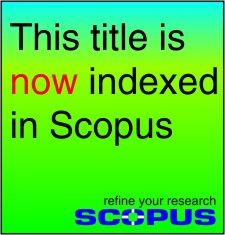Resilience among Thai Hosts in Andaman Sea Area during Covid-19: Study Community Based Tourism
Prachyakorn Chaiyakot
Parichart Visuthismajarn
Parichat Singsaktrakul
Panot Pakongsup
Thamrong Chomphusri
The outbreak of COVID-19 in late December 2019 in the city of Wuhan, China, has affected many sectors of the major global economies, including travel and tourism, where prior research has studied how infections and crises in the tourism industry could be managed. This article relects on the socioeconomic effects of the COVID-19 pandemic on community-based tourism in the Andaman Sea coastal region connecting with the main tourist attractions of Southern Thailand while revealing the situation in the area before the pandemic, the community adaptations amid the infection period and offering a plan for recovery strategies for resilience after COVID-19. The data were collected through focus group discussions and interviews from December 2021 to March 2022 in nine tourism communities in three provinces of the Andaman Sea tourism region; purposive sampling was conducted to collect data with ten representatives of each community and relevant tourism organizations. Results reveal that in normal times, tourism is a supplementary occupation that generates more income than the main occupation. The socioeconomic impacts amid the pandemic were mixed, with positive and negative effects. Communities located in adjacent cities were more severely affected. Most Community Based Tourism (CBT) members suffered from incurred liabilities and a loss of previously received income, but as the government relaxed restrictions, certain communities gained new tourist groups. This study recommends that community-based tourism be supported to recovery, including restoration, new tour program designs, online marketing, a quality focus on local products, and skills training. Improvements to infrastructure and community hygiene standards are also needed for community tourism after the pandemic.
Keywords: Kluai Namwa (Musa Sapientum Linn.), Endurance running, Blood potassium, Blood glucose, Blood lactate, Time to exhaustion



